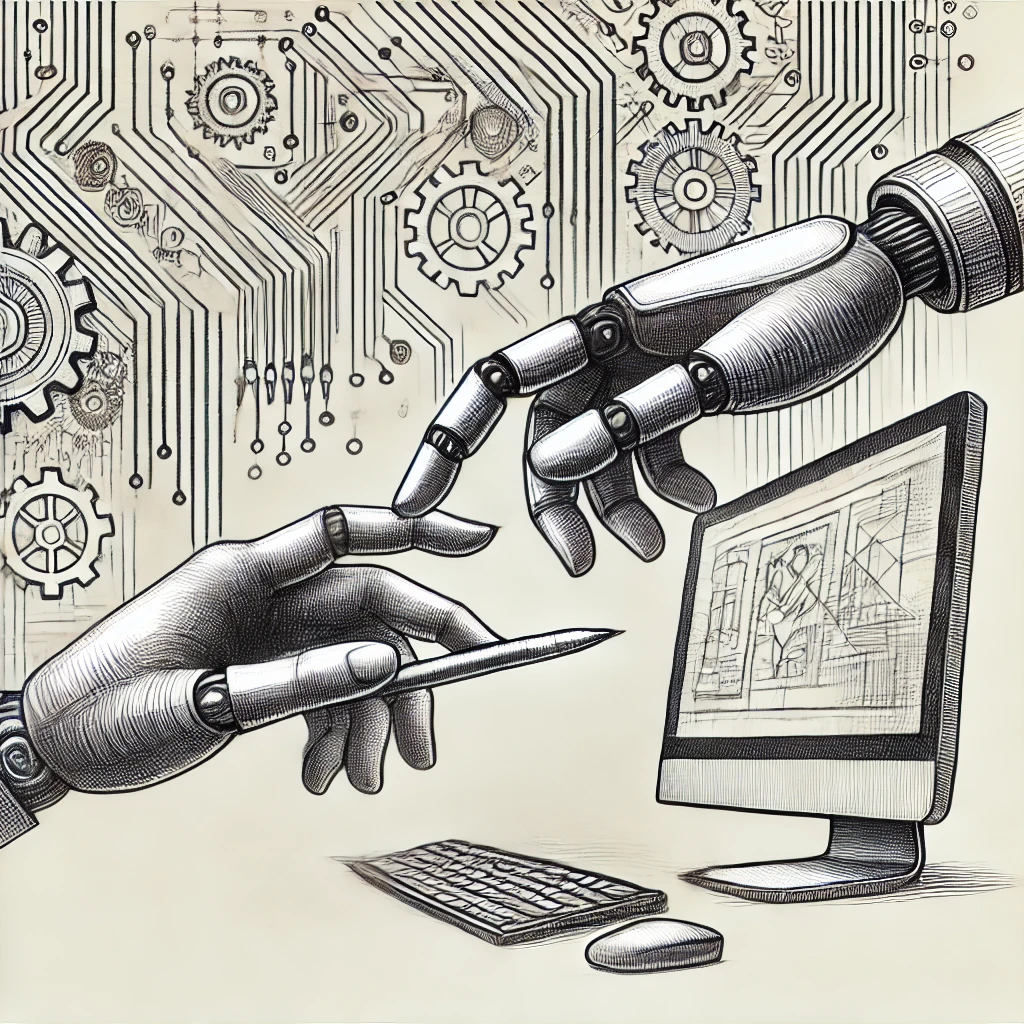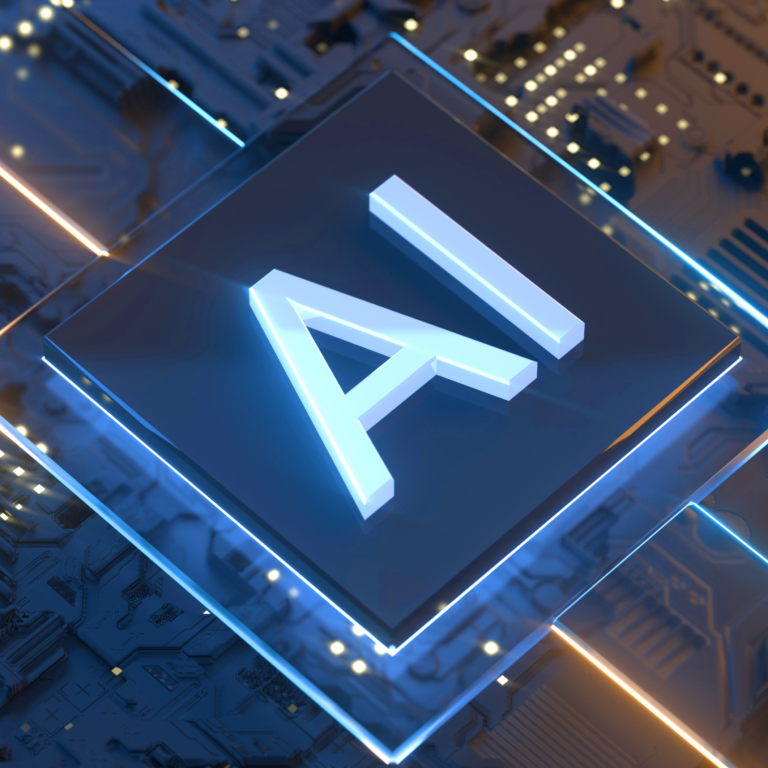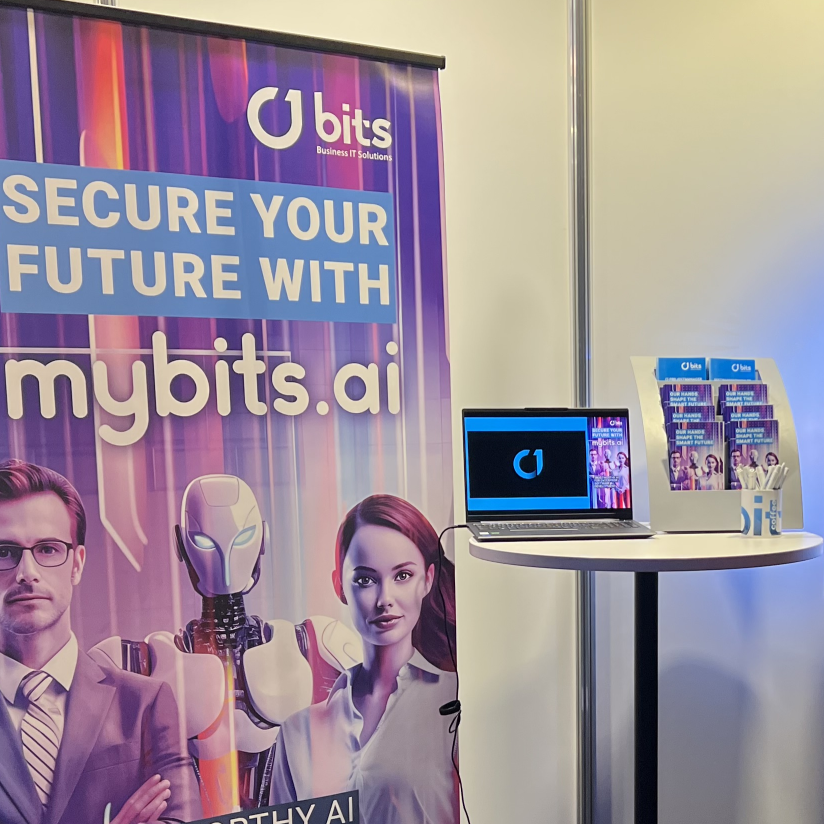Artificial intelligence | Language model | Machine learning | NLP technologies | OpenAI o1 The GPT model o1 of OpenAI represents a significant advance in the development of advanced language models and artificial intelligence.
This model is designed to solve complex tasks through more intensive and in-depth reasoning.
It invests more time in processing before responding and can therefore tackle more difficult problems in science, programming and math than its predecessors. What it means and how it works The GPT model o1 is based on an advanced transformer architecture and uses large-scale reinforcement learning to reason using chain-of-thought methods.
These advanced reasoning capabilities enable the model to efficiently process large amounts of text data and recognize complex linguistic patterns.
By training on diverse data sets, o1 can refine its thought process, try out different strategies and recognize its own errors.
This leads to more precise and contextualized answers.
A key feature of o1 is its ability to improve security and robustness.
The model can recognize safety-relevant content in its context and avoid inappropriate or harmful responses. This is achieved through the use of feedback mechanisms and strict guidelines that are integrated into the model.
Areas of applicationScientificresearch: Support in solving complex mathematical problems and scientific analyses.
Programming: Assistance with code generation, debugging and optimization of software.
Customer service: Development of intelligent chatbots that answer customer queries efficiently and accurately.
Education: Providing detailed explanations and learning materials for students and teachers.
Content creation: Generating high-quality texts for marketing, blogs and social media.
BenefitsIncreasedaccuracy: Through a deep understanding of context and language, the model delivers more accurate results.
Improved security: Built-in mechanisms minimize the risk of generating inappropriate content.
Adaptability: Can be tailored to specific industries or use cases.
Increased efficiency: Automation of complex tasks reduces manual effort and saves time.
Natural interaction: Enables more fluid and human dialog between humans and machines.
Related technologies and topics In addition to the GPT model o1, OpenAI has also developed the o1-mini, a faster and more cost-efficient version that performs particularly well in programming tasks. Other relevant technologies include GPT-4, reinforcement learning and natural language processing (NLP), all of which make a decisive contribution to the further development of artificial intelligence.
The experts at BITS have already used artificial intelligence (AI) in a large number of projects. A selection of case studies and references can be found below.
“We are happy to support you with your digital challenges and look forward to hearing from you without obligation.”
Marc Schallehn, Managing Director BITS GmbH

Gerne unterstützen wir Sie bei Ihren IT Projekten. Ich freue mich über Ihre Kontaktaufnahme.
Selection of case studies and references
What are the benefits of integrating AI into IT support processes?
A guide with selected best practices on how AI can support the support process.
Artificial intelligence & machine learning
Artificial intelligence & machine learning Competitive advantages and increased efficiency - innovative AI solutions with BITS In an increasingly digitalized world, artificial intelligence (AI) and machine learning (ML) are crucial technologies for keeping [...]
Future approaches, opportunities and risks through the use of artificial intelligence (AI) in the IT workplace
As part of the TecDays in Munich and at several on-site events, BITS addressed the opportunities and risks of AI in the IT workplace.
Integration of GPT-4 (ChatGPT) via OpenAI API into an enterprise travel application for automated curated content generation.
The goal of this project was to streamline the process of creating personalized recommendations for places and experiences through the use of artificial intelligence (AI) by integrating features of GPT-4 (ChatGPT) into an enterprise web app via the OpenAI API.
Prompt Engineering Best Practices: The experts for AI-based technologies in Munich
Prompt Engineering Best Practices: The experts for AI-based technologies in Munich, Bavaria and Germany In today's digital world, the integration of artificial intelligence (AI) into business processes and strategies has become essential. If you are looking for external support [...]





